Walking through Alberobello, right in the heart of Puglia, Italy, honestly feels like wandering into a storybook. Whitewashed cones—trulli—line up along the narrow lanes, and the whole place looks almost unreal, as if someone dreamed it up.
What really sets Alberobello apart is the unique history and clever engineering behind its trulli homes. These centuries-old dwellings have stood the test of time and earned Alberobello a spot on the UNESCO World Heritage list.
The first time I visited, the simple beauty and cool stone interiors of these old houses completely surprised me. I’d never seen anything like them in Italy. Locals originally built trulli using dry stone, without any mortar. That made them sturdy but also easy to take apart—a sneaky trick to dodge taxes back in the day.
This construction method isn’t just fascinating; it’s a huge reason why people from all over come to see this charming village.
Alberobello isn’t just a pretty face. Exploring these fairytale homes gives you a real taste of Puglian culture and history. If you’re planning a trip to Italy, it’s a must-see. From travel tips to the secrets behind trulli construction, you’ll find plenty to discover in this magical town.
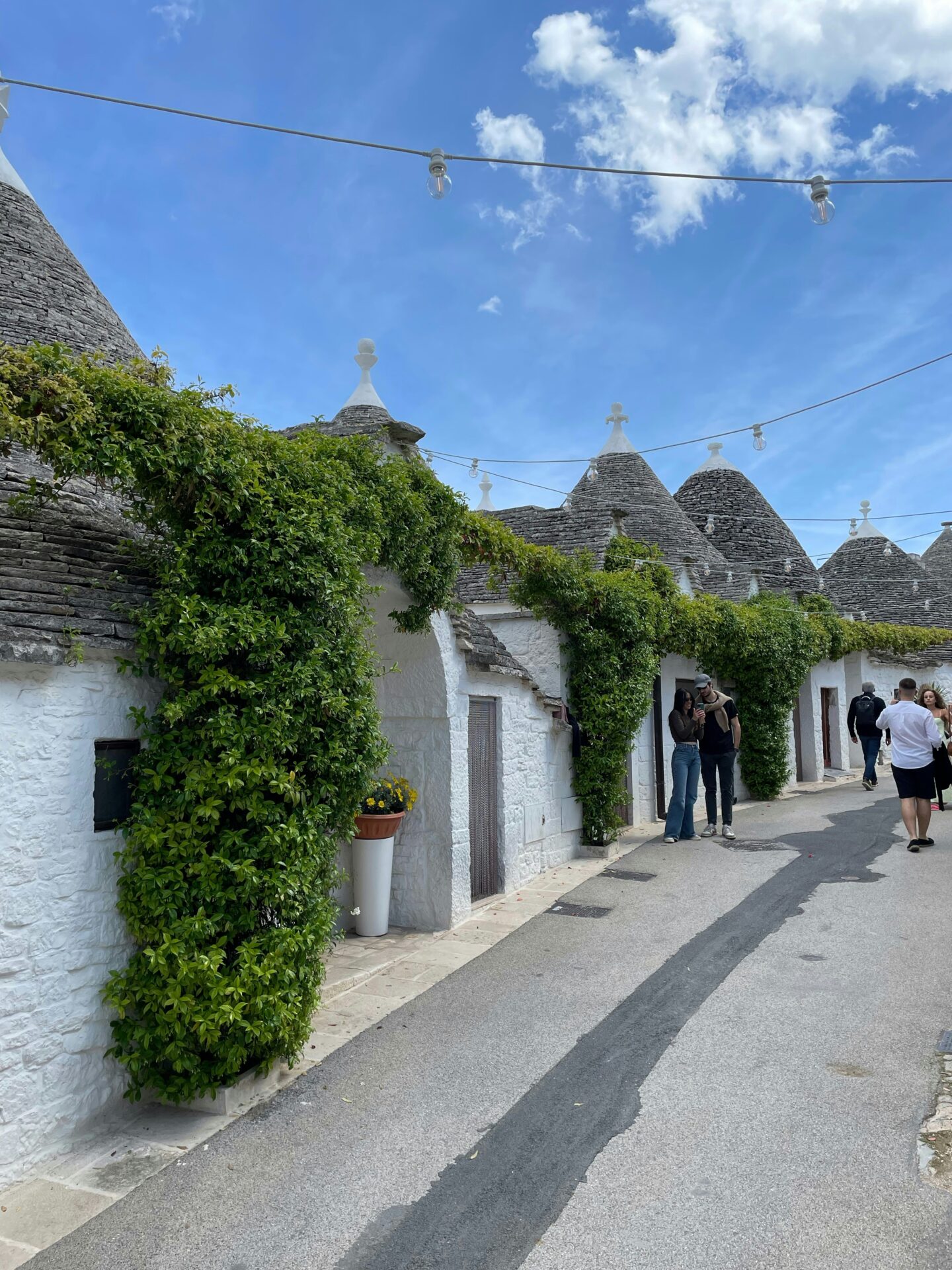
Origins of Alberobello’s Trulli
Alberobello’s trulli houses have roots stretching back centuries. Local legends, historical changes, and clever adaptations all shaped this unique tradition.
Digging into how trulli got started helps me see why Alberobello feels so special now.
Legends and Early Settlements
When I first arrived in Alberobello, it honestly felt like walking into a storybook. Local tales say families started building dry-stone huts long before the village even had real walls.
They claim the earliest trulli sheltered farmers and shepherds, giving them protection from the blazing sun and sudden storms.
People have lived in this corner of Puglia for at least a thousand years, according to several sources. The thick limestone walls kept homes cool in the Mediterranean heat, while the pointed roofs shed rain with ease.
Traditionally, families gathered stones from the rocky fields and built their own homes. Each trullo ended up unique, but they’re all instantly recognizable.

The Influence of the Roman Empire
As I walk through Alberobello, I often think about how the Romans left their fingerprints everywhere in Italy—even here. Trulli aren’t exactly a Roman invention, but Roman builders popularized dry-stone techniques all over the Mediterranean.
These methods, which use no mortar, let people build fast and repair easily. Roman roads and settlements helped these ideas spread.
Over time, local traditions mixed with Roman techniques. The simple, sturdy trullo design probably owes a lot to those ancient lessons. Even now, seeing the old stonework, I can’t help but think about how the past still shapes daily life in Puglia.

Transition from Ancient Rome to the Middle Ages
After Rome fell, feudal lords took over much of southern Italy, including what’s now Alberobello. During the Middle Ages, trulli construction gained a clever new twist.
Tax laws let landowners dodge property taxes on permanent homes, so villagers built dry-stone houses they could quickly dismantle if tax collectors showed up.
This strategy led to entire communities with rows of removable trulli roofs. Even as feudal ownership changed, locals kept building and perfecting these homes.
When I walk these winding streets today, I see evidence of survival, clever thinking, and a proud heritage everywhere I look.
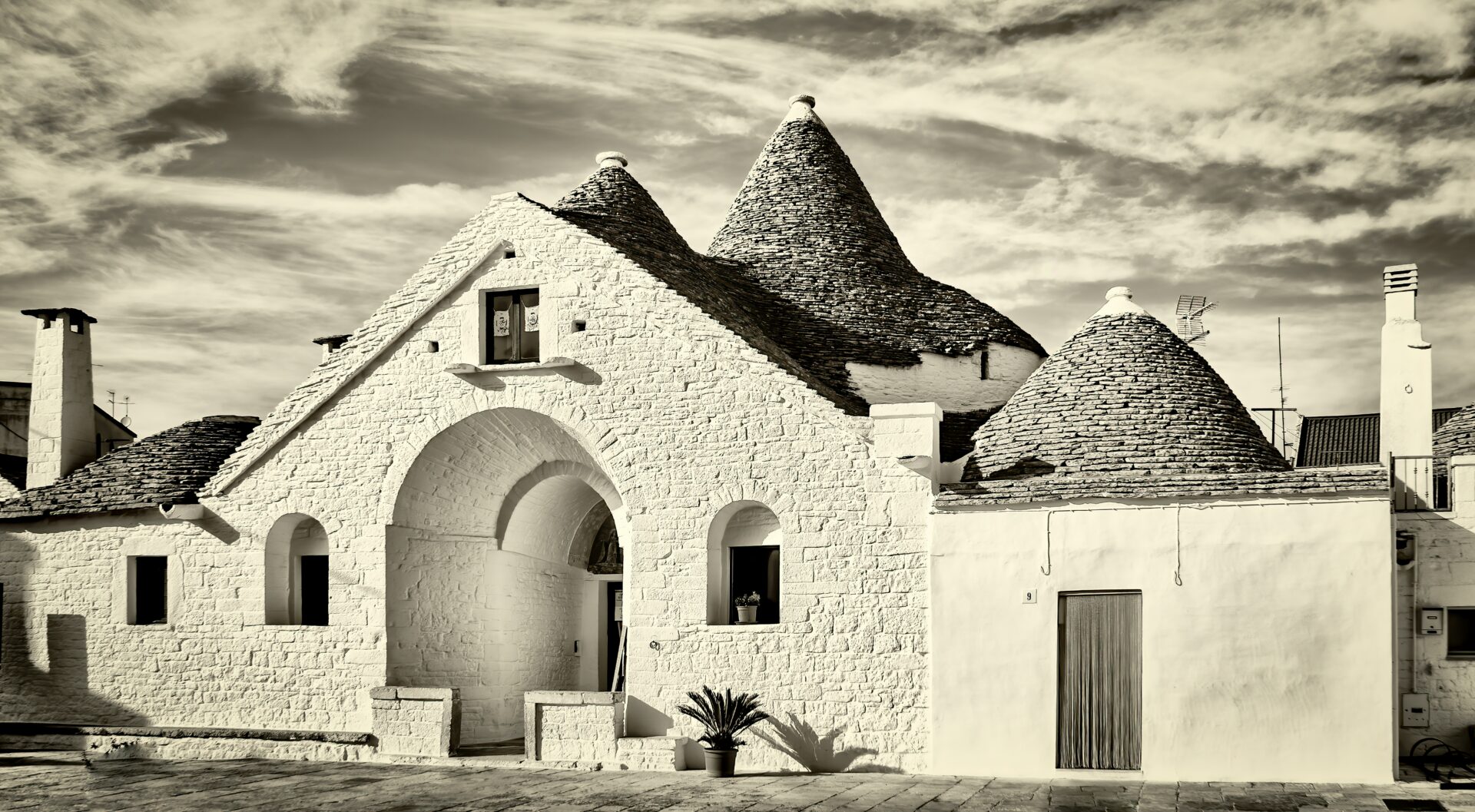
Ingenious Engineering and Construction Techniques
As I wander through Alberobello, I can’t help but notice how each trullo shows off smart building methods and simple materials. The unique shape, careful stone placement, and curious symbols on the roofs all tell a story.
Dry Stone Masonry Methods
One of the first things I learned is that trulli use dry stone masonry. There’s no mortar holding the limestone blocks together.
Local builders stack rough, flat stones found in the area so tightly that the walls hold firm without cement. This design adds both flexibility and strength.
If an earthquake hits, the walls can shift a little instead of cracking. Some say this method also made it easy to dismantle houses quickly, avoiding taxes by making it look like no permanent town existed.
I can’t say for sure about all the legends, but the way these homes have lasted for centuries—using nothing but gravity and skill—blows me away.
When I run my hand across the walls, I feel the cool stone. The thick walls keep trulli comfortable all year, which is a lifesaver during Puglia’s blazing summers.
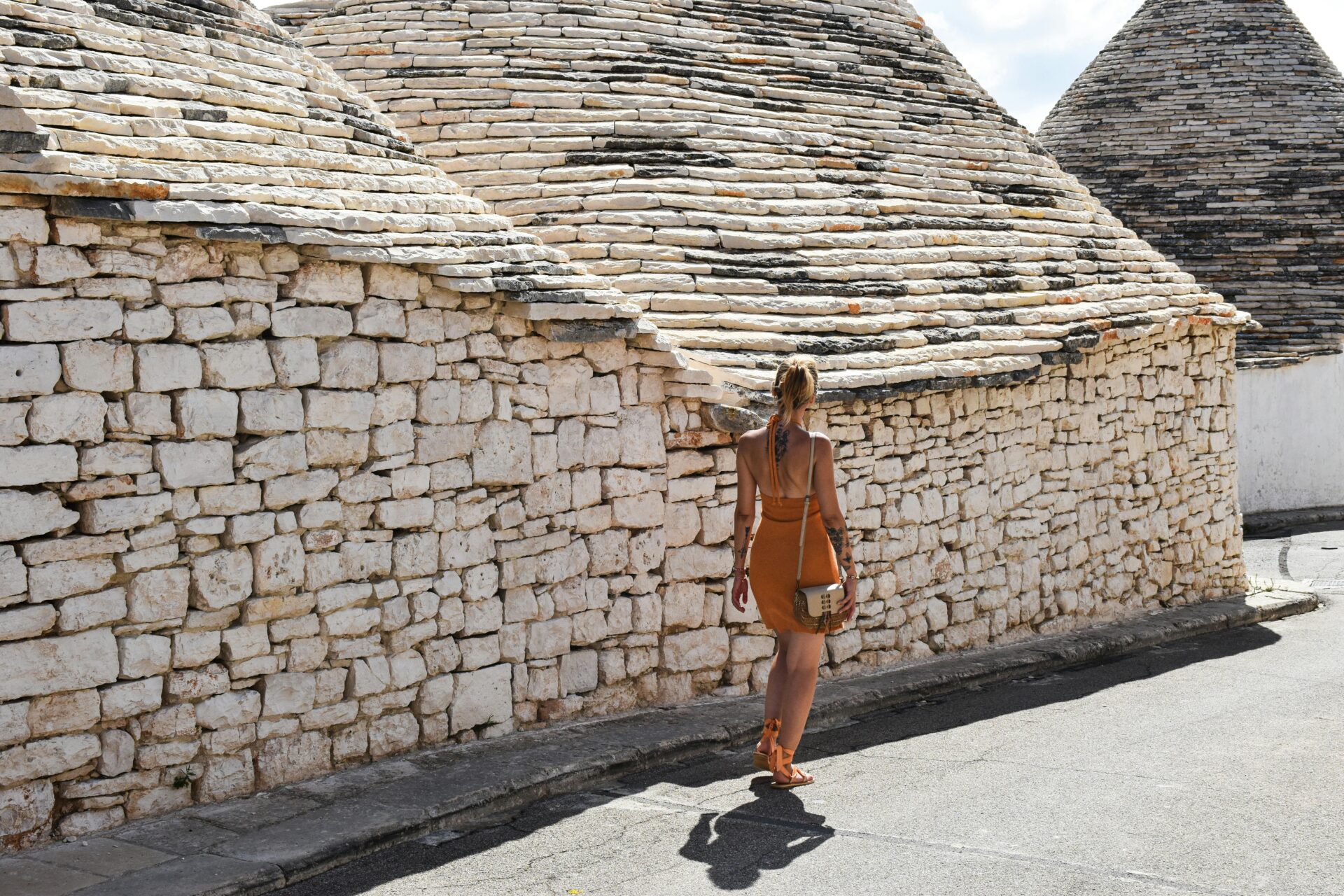
Design Features of Trullo Architecture
The cone-shaped roofs stand out the most. Each trullo is usually round inside, with a high, domed ceiling.
That shape keeps heat out in summer and holds warmth in during winter. Inside, space is compact and cozy, but every inch gets used.
In bigger trulli—especially ones turned into guest houses—I’ve spotted alcoves for storage or tucked-away beds. The walls can be up to a meter thick, which helps with insulation and supports the heavy roof.
Outside, the whitewashed walls and gray stone roofs blend perfectly with the countryside. From above, the clustered cones look like something out of a fairy tale.
It’s easy to see why so many visitors, myself included, find them both enchanting and practical.

Symbolic Elements and Roof Markings
Many trulli have painted or carved symbols on top. The first time I saw them, I got curious right away.
Some are Christian, while others come from old folk traditions or superstitions. You’ll spot hearts, crosses, circles, and simple geometric shapes.
Each symbol probably meant something special to the family who lived there—maybe for luck or protection. The pinnacle at the top, usually a white stone ornament, comes in shapes like balls, disks, or even stars.
I love strolling the winding streets, looking up to spot the different designs. It turns into a bit of a treasure hunt.
Local guides often share stories about certain symbols, making the walk even more memorable.
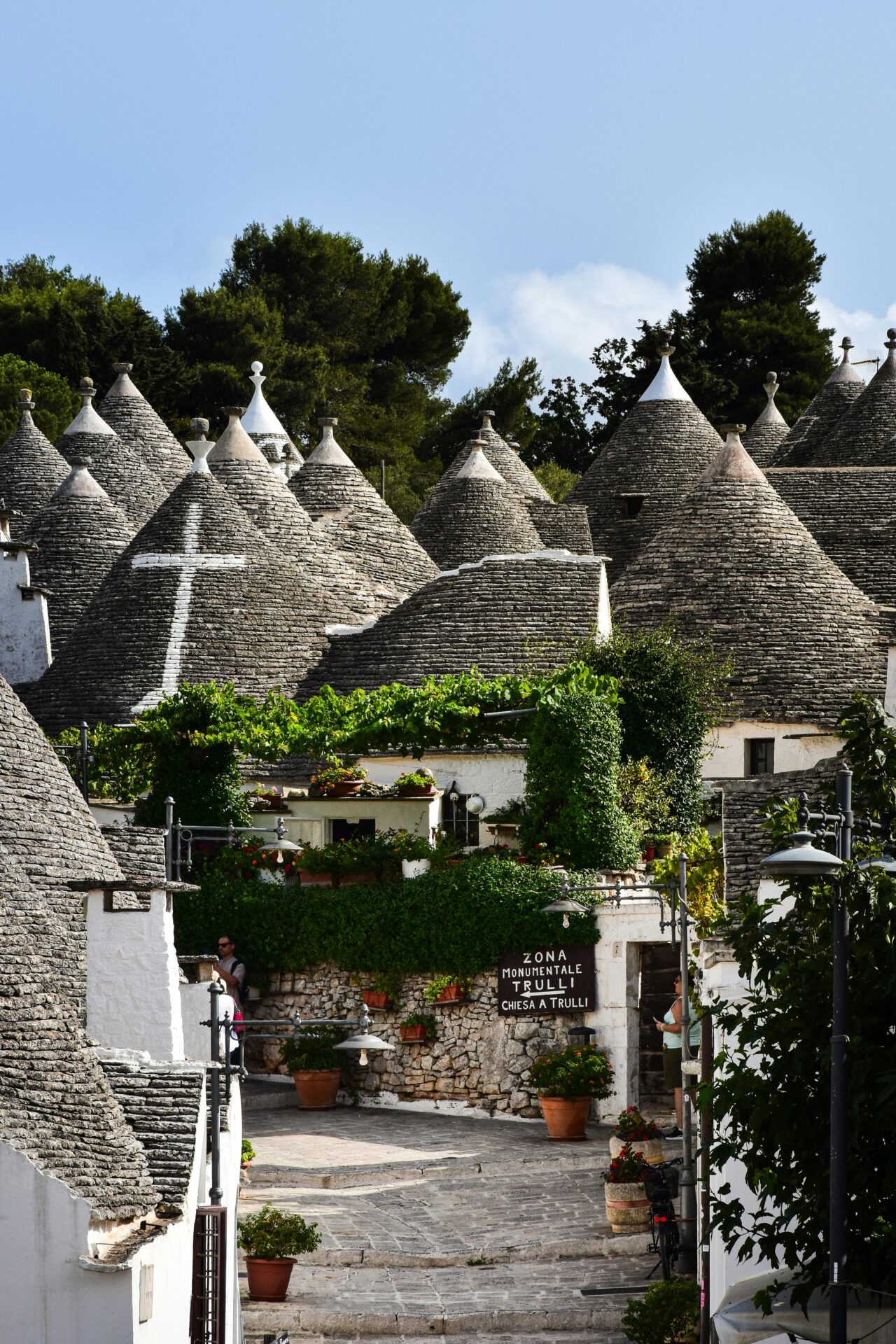
Cultural and Societal Impact in Puglia
Wandering Alberobello’s narrow streets, it’s clear how much the trulli shape daily life in Puglia. These stone houses are more than homes—they drive local culture, support the economy, and star in community traditions.
Integration with the Local Community
Living among the trulli, I quickly noticed how much these homes mean to locals. The whitewashed walls and cone roofs are a big part of their identity.
Many families have lived here for generations. It’s common to see neighbors chatting outside their trulli, kids playing in the lanes, and people sharing food during festivals.
What stands out is that these homes aren’t just for tourists—they’re still lived in and loved. The trulli shape everything from the street layout to how the community gathers.
I’ve met shop owners and artisans who run their businesses right out of traditional houses, blending everyday life with centuries of history.
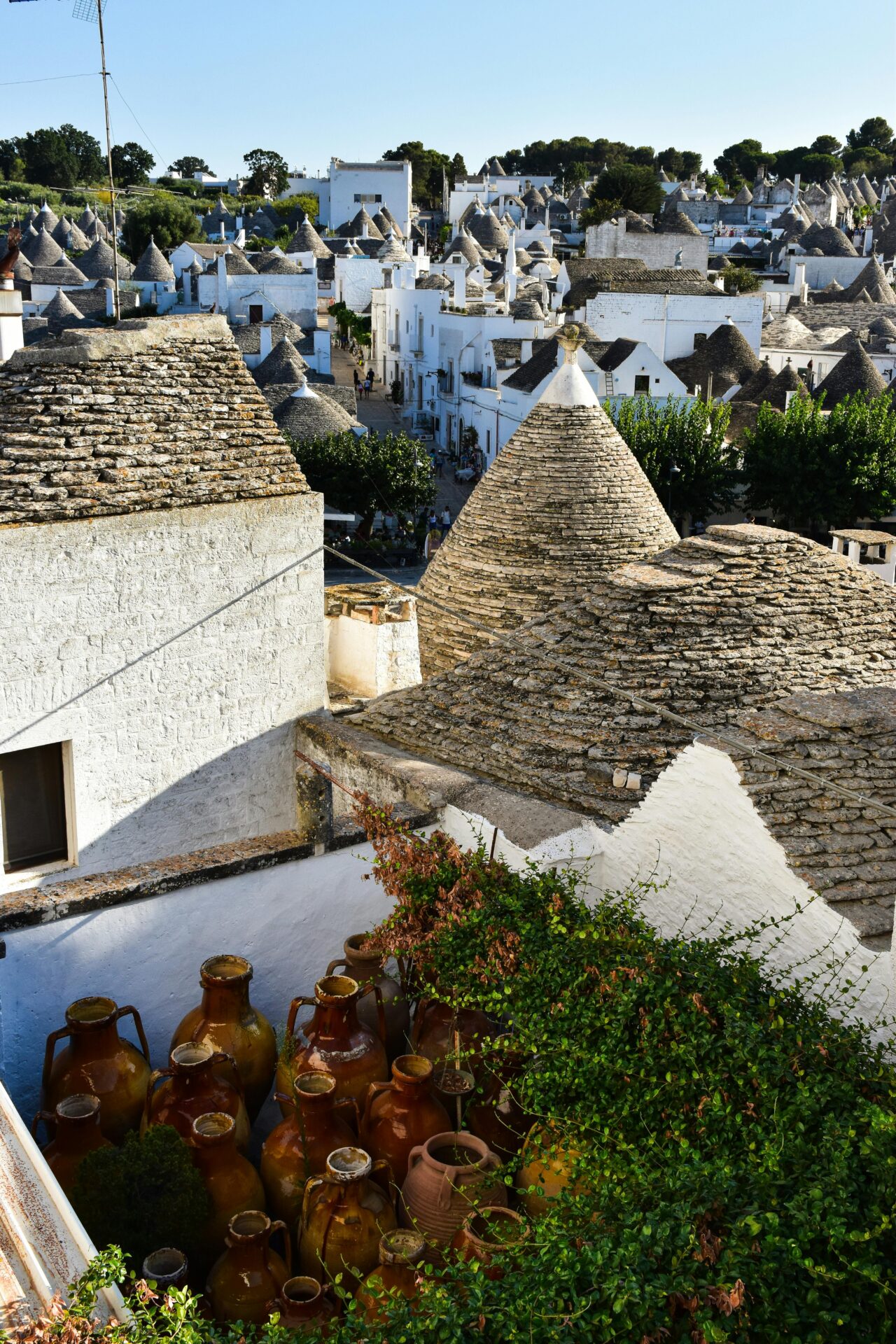
Role in Economic Development
Tourism keeps Alberobello and the wider Puglia region buzzing. The trulli bring in crowds, and it’s easy to see why.
These unique structures attract thousands each year, creating business for hotels, restaurants, and shops. Many trulli have become bed and breakfasts or small museums.
Economic impact includes:
- Jobs for guides, artisans, and shopkeepers
- Growth in local food and craft markets
- International recognition and more investment
Spending a night in a trullo-turned-guesthouse is something I always recommend. It supports local businesses and gives you a closer connection to Puglia’s culture and history.
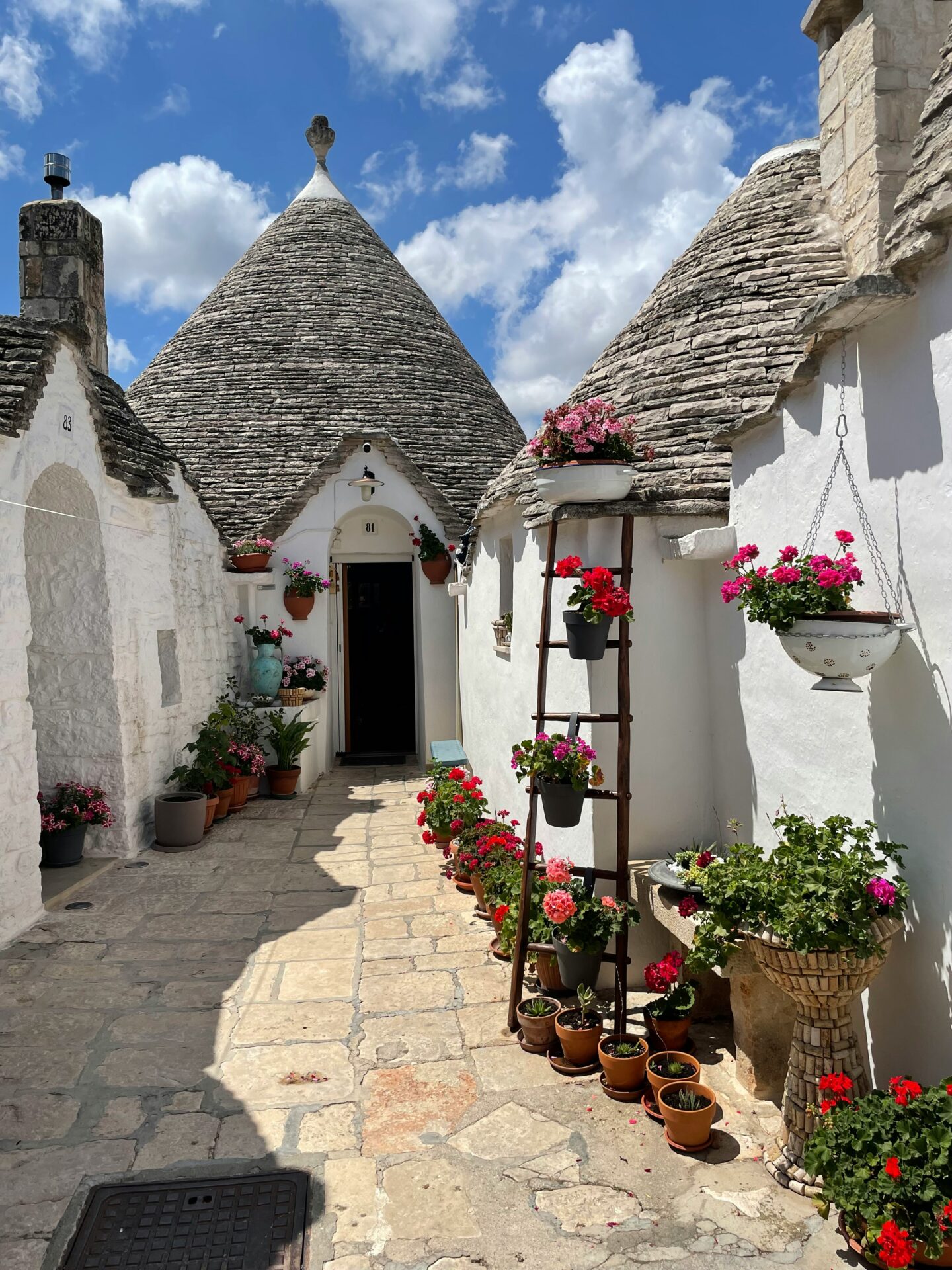
Festivals and Local Traditions
Trulli take center stage in Alberobello’s celebrations. Each year, festivals like the Festa dei Santi Medici fill the streets with both locals and visitors.
I’ve watched as light shows dance across the trulli rooftops while traditional bands play. Locals decorate their homes, showing off unique symbols and signs on the cones.
During Christmas, the trulli become backdrops for living nativity scenes. It’s a magical sight that brings families together and welcomes travelers.
Traditional dishes—like orecchiette pasta and focaccia—are shared around long tables outside these historic homes.
If you’re visiting during a festival, I’d suggest joining a guided walk or staying late to catch the best of local culture coming alive against the trulli.
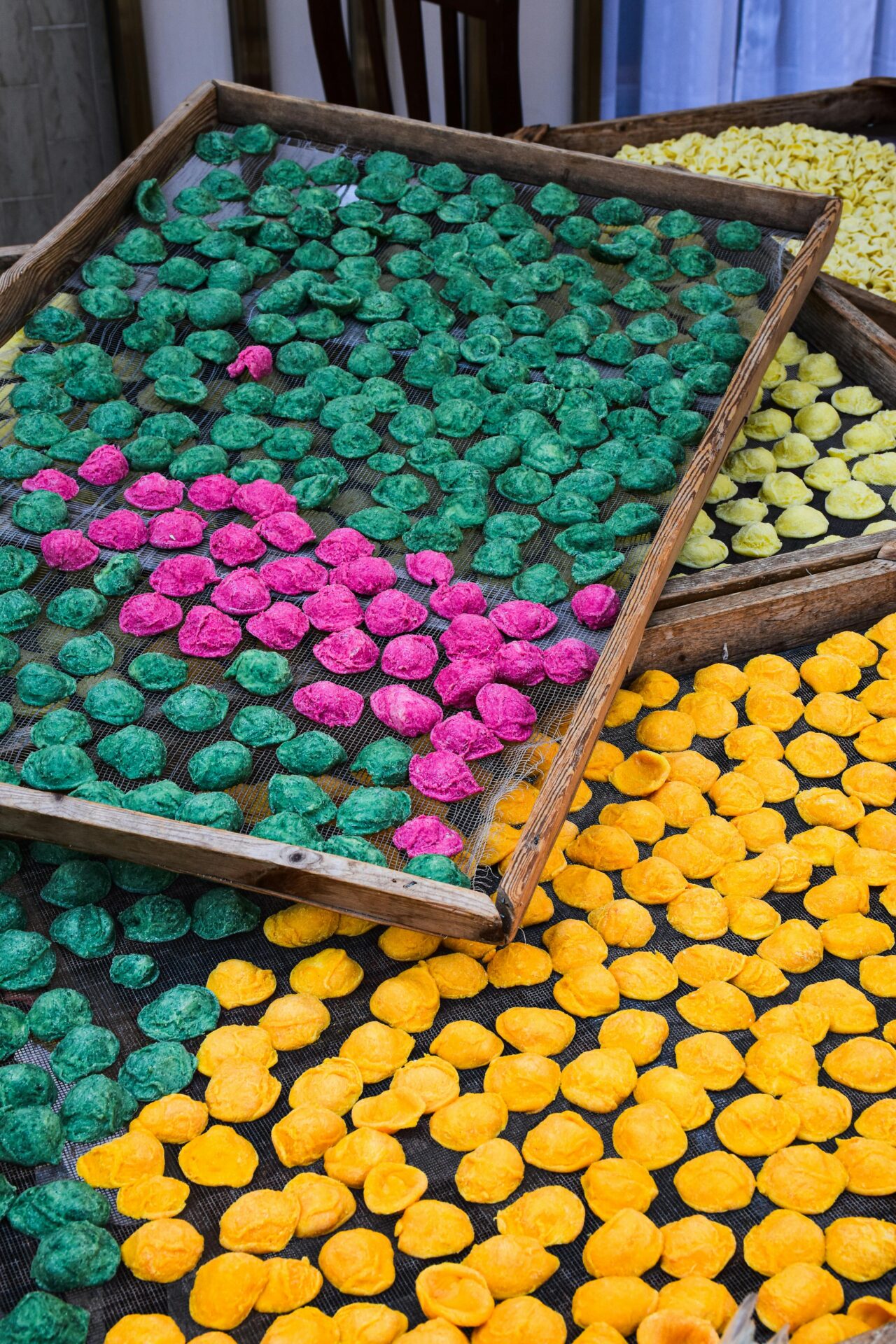
UNESCO World Heritage Recognition
Alberobello’s trulli aren’t just charming—they’re recognized for their unique cultural and historical value. This special status draws global attention and highlights the need for careful preservation.
The Road to UNESCO Designation
When I first wandered through Alberobello’s narrow streets, I immediately understood why UNESCO took notice. These limestone dwellings, with their whitewashed walls and conical roofs, stand out for their beauty and rare construction.
In 1996, UNESCO added Alberobello’s trulli to the World Heritage list. That came after years of local pride and growing awareness.
UNESCO called the town an outstanding example of a building technique that’s survived for centuries. I’d recommend checking the UNESCO website before your trip for more insight into why these homes are so valued:
- Unique, prehistoric building techniques
- Harmony with the landscape
- Exceptional conservation
This recognition has boosted tourism and built a sense of shared responsibility among locals and visitors.
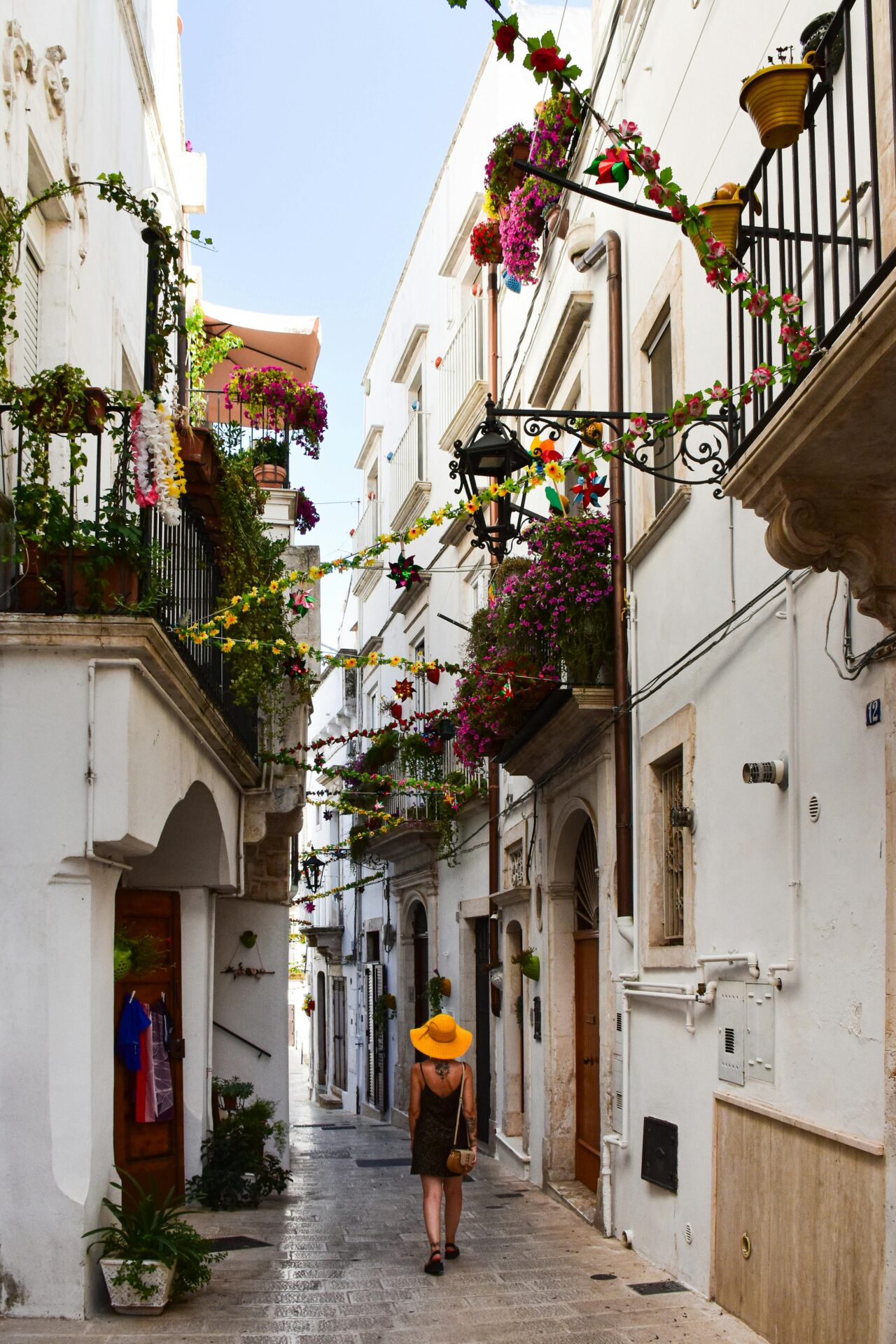
Preservation Efforts and Challenges
With UNESCO status comes the challenge of preservation. The limestone and mortar construction makes trulli vulnerable to water damage, erosion, and bad repairs.
Some trullo owners told me about strict building regulations that keep things authentic. Government programs help fund restoration.
Balancing tourism with daily life isn’t easy, though. Too many visitors can strain narrow alleys and old foundations.
Many trulli are still privately owned, which keeps the town feeling lived-in, but sometimes makes preservation tricky.
Careful management and international oversight both play a part. If you visit, be respectful—pay attention to private home signs and consider staying overnight to support local conservation.
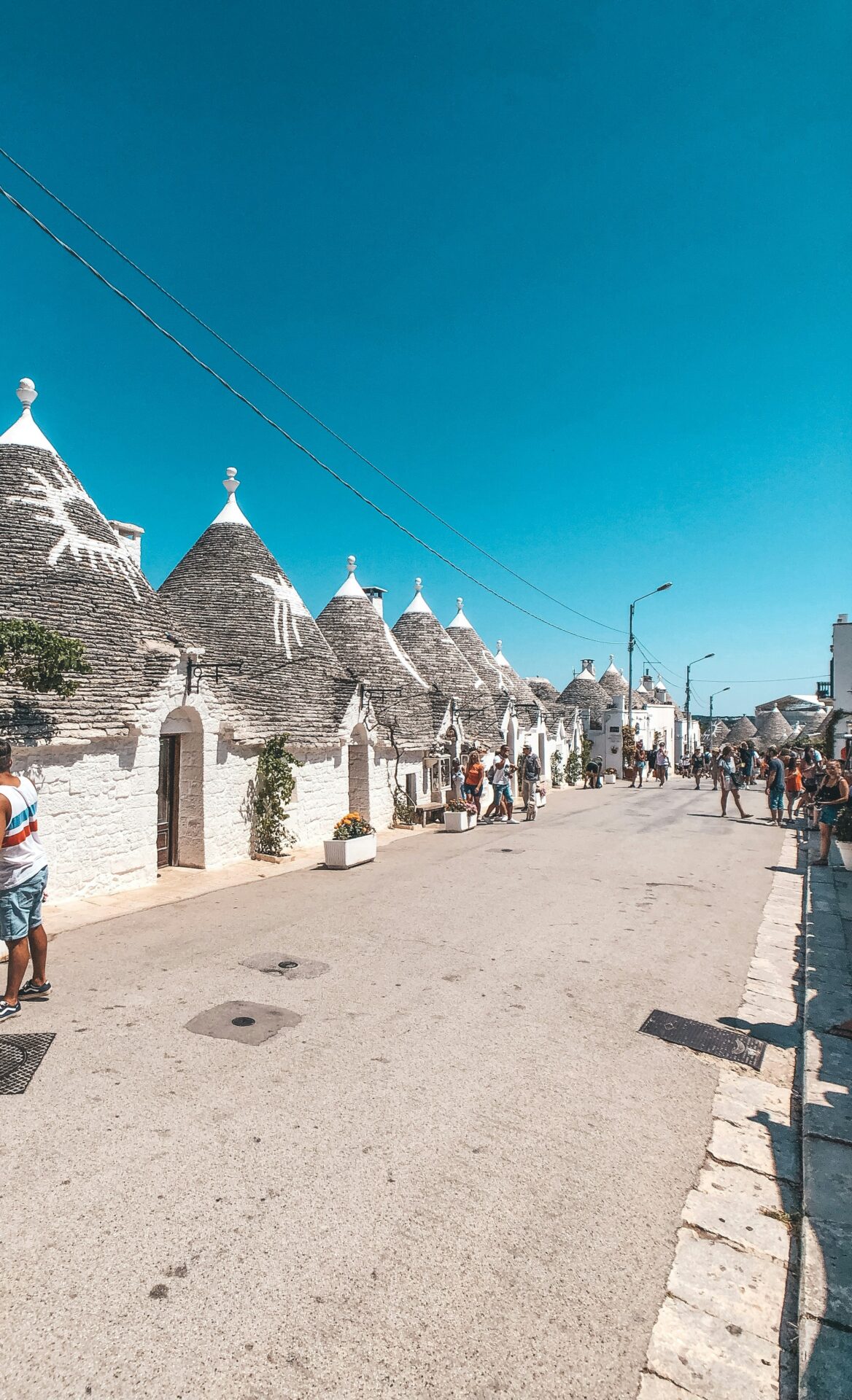
Exploring Trulli and Surrounding Destinations
When I visited Alberobello, I found more than just quirky whitewashed houses. The town opens up a whole region filled with lively culture, beautiful landscapes, and historic cities.
Exploring nearby villages or the countryside leads to some unforgettable moments.
Travel Experiences in Alberobello
Walking Alberobello’s narrow streets, I felt like I’d stepped into a storybook. The trulli—with their cone-shaped stone roofs and white walls—give the town its magic.
Many trulli are still homes, but some have turned into cozy shops, small museums, or friendly places to eat. Locals love sharing the stories behind these buildings, and a few trulli are open for tours.
I always recommend climbing up to the roof terrace in Rione Monti—the view of clustered trulli rooftops at sunset is just stunning.
It’s easy to lose track of time people-watching at a café or sampling local cheese and olive oil. Markets pop up often, adding to the charm.
Highlights:
- Guided tours inside trulli
- Picturesque alleys lined with artisan shops
- Warm welcomes from residents eager to share their stories
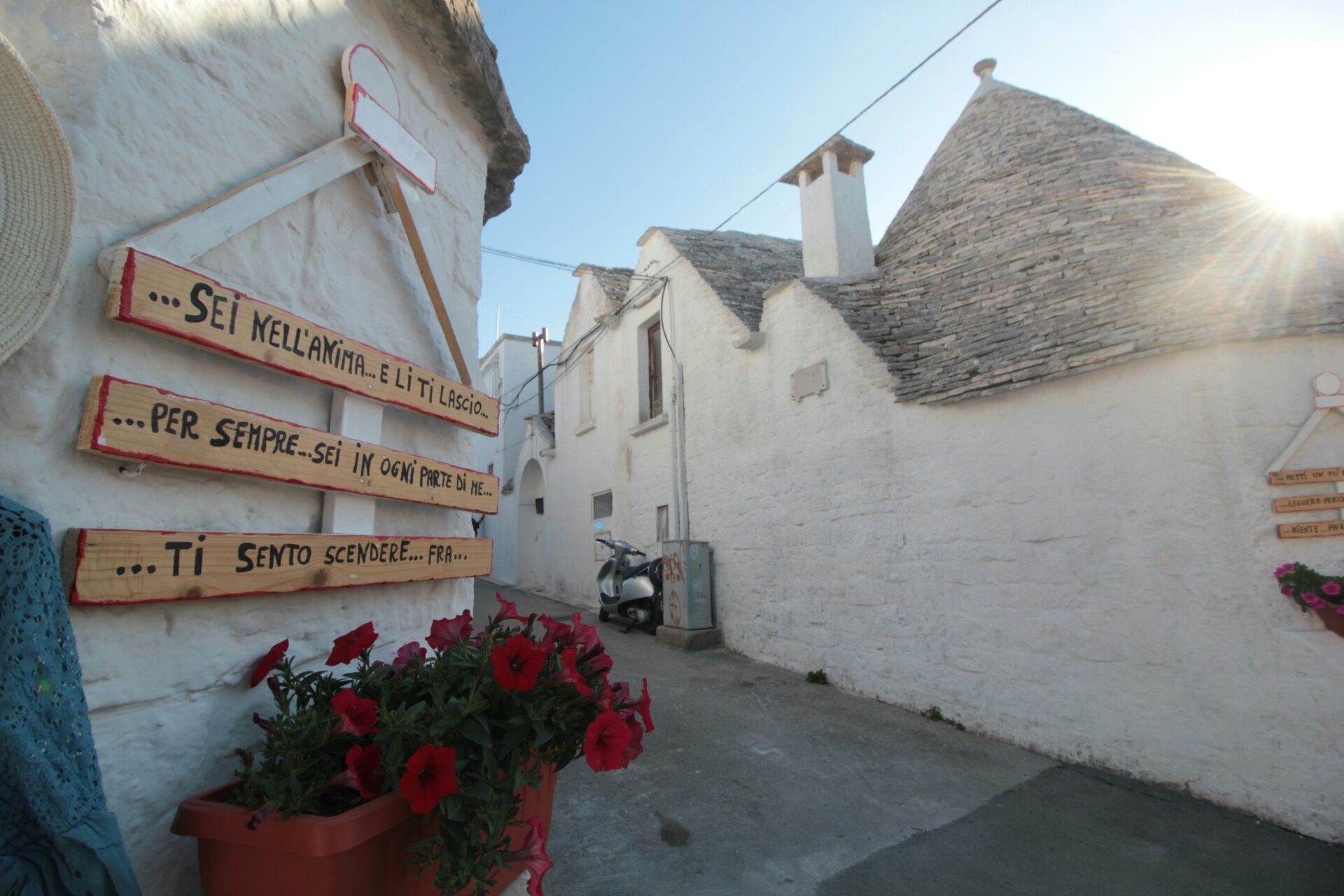
Nearby Puglian Highlights: Bari, Lecce, Ostuni, and Otranto
Alberobello makes a perfect starting point for exploring nearby towns. Each city in Puglia brings its own character and must-see sites.
Bari bustles along the Adriatic Sea. I wandered through its old town, Bari Vecchia, where winding streets lead to busy bakeries.
Lecce, often called the “Florence of the South,” shows off incredible baroque architecture. As I wandered Lecce’s piazzas, I felt surrounded by history and vibrant street life.
Ostuni, the “White City,” sits on a hilltop above the olive groves. Its whitewashed buildings almost glow in the sunlight.
I loved getting lost in Ostuni’s labyrinth of lanes. Somehow, I always ended up with a coastal view.
Otranto, closer to the Ionian Sea, offers medieval charm and seaside walks. The mosaic floor in its cathedral really left an impression on me.
| Destination | Main Attraction | My Favorite Moment |
|---|---|---|
| Bari | Old Town (Vecchia) | Tasting focaccia |
| Lecce | Baroque churches | Sunset in Piazza Duomo |
| Ostuni | Whitewashed alleys | City view at dusk |
| Otranto | Historic cathedral | Walking by the sea |

Adventure Among Olive Trees and Masserias
My favorite days in Puglia happened away from busy streets, just wandering the countryside. The landscape is full of old olive trees—their twisted trunks shape the view for miles.
I followed quiet paths and soaked in the warm air and open space.
Many masserias—those historic farm estates—now welcome guests for overnight stays or long, lazy country lunches. Some offer bike rentals or farm tours, which give you a real taste of local life.
Outside towns like Brindisi or in the heart of Salento, I learned how locals make olive oil and tasted the freshest products. When I stayed at a masseria, I woke up to birdsong and ended the day with rustic home-cooked meals by candlelight.
These simple adventures truly made my trip unforgettable.
Tips for adventure:
- Rent a bike to explore olive groves and fields
- Book a night in a masseria for authentic local hospitality
- Join an olive oil tasting tour near Brindisi or Salento

Travel Tips and Authentic Experiences
Visiting Alberobello isn’t just about snapping photos of trulli—it’s about diving into unique tastes, cozy stays, and exploring less-traveled regions. There’s so much to discover, from savoring dishes made with local ingredients to finding the right balance between tourism and preservation.
Cuisine and Wine Tasting in Puglia
Puglia’s food scene really stood out for me. The region is known for cucina povera—simple, rustic meals made from fresh, local ingredients.
I tried orecchiette pasta with wild greens and fresh seafood like grilled octopus at a tiny trattoria. Farm-to-table restaurants pop up everywhere, and honestly, the olive oil here might be the best I’ve ever tasted.
If you love wine, you have to try Puglia’s robust reds like Primitivo and Negroamaro. Many wineries open their doors for tours and tastings, which gives you a chance to meet the vintners and learn about old-school winemaking.
A quick list of must-try foods and drinks:
- Orecchiette pasta
- Burrata cheese
- Local olive oil
- Fresh seafood dishes
- Primitivo wine
- Negroamaro wine
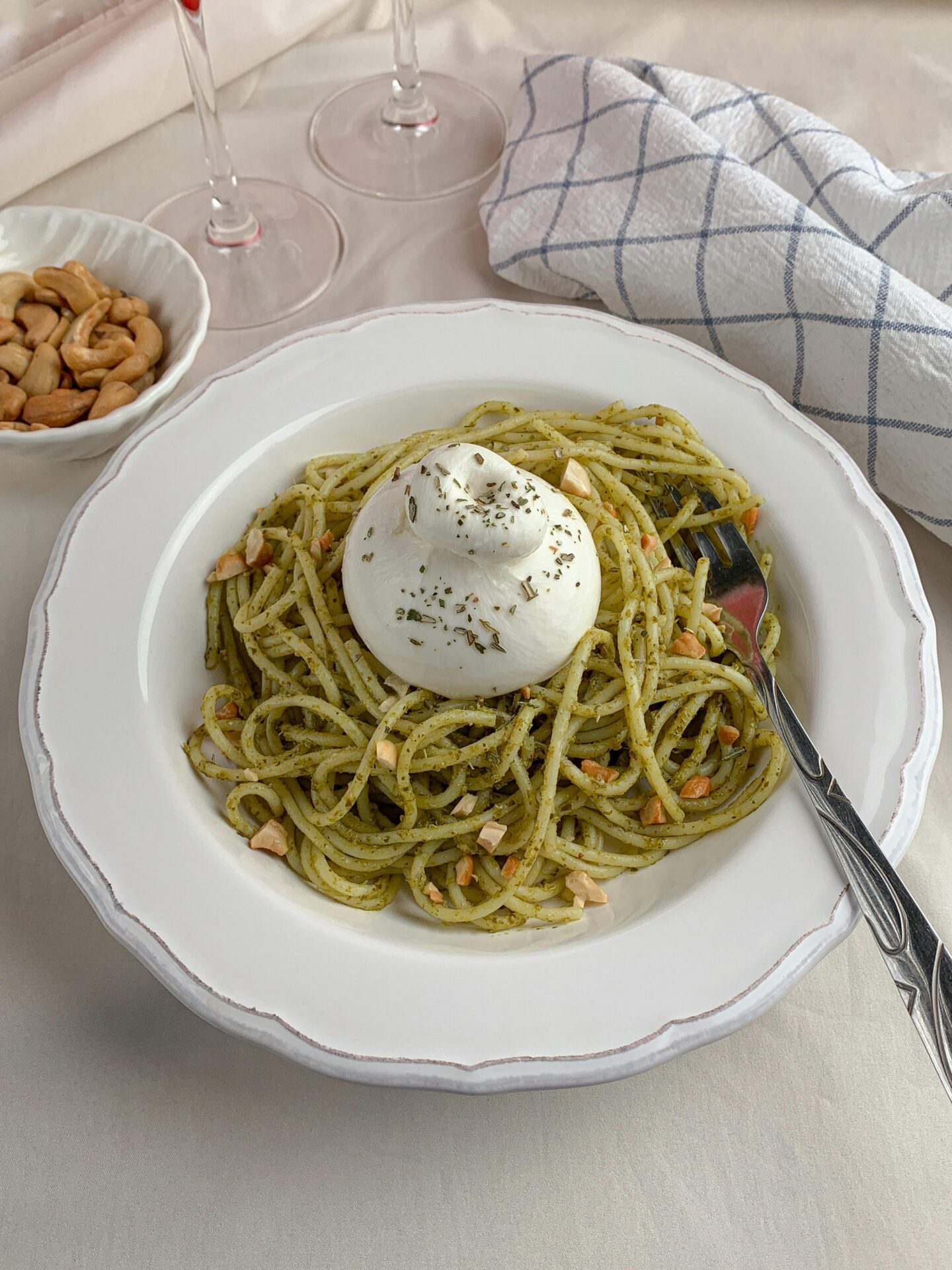
Local Hospitality and Staying in a Trullo
Sleeping in a trullo felt like stepping back in time, though with modern comforts. Many trulli have become bed and breakfasts or vacation rentals.
The thick stone walls kept my room cool, even on the hottest days. My hosts usually greeted me with homemade pastries or a friendly glass of limoncello.
Local hosts love sharing Puglian traditions and offer advice about the best places to eat and explore. Walking through Alberobello in the early morning, before the crowds show up, feels peaceful and almost magical.
Staying in a trullo lets you experience daily life in this unique village. I found myself chatting with neighbors and watching the evening light on the limestone roofs.
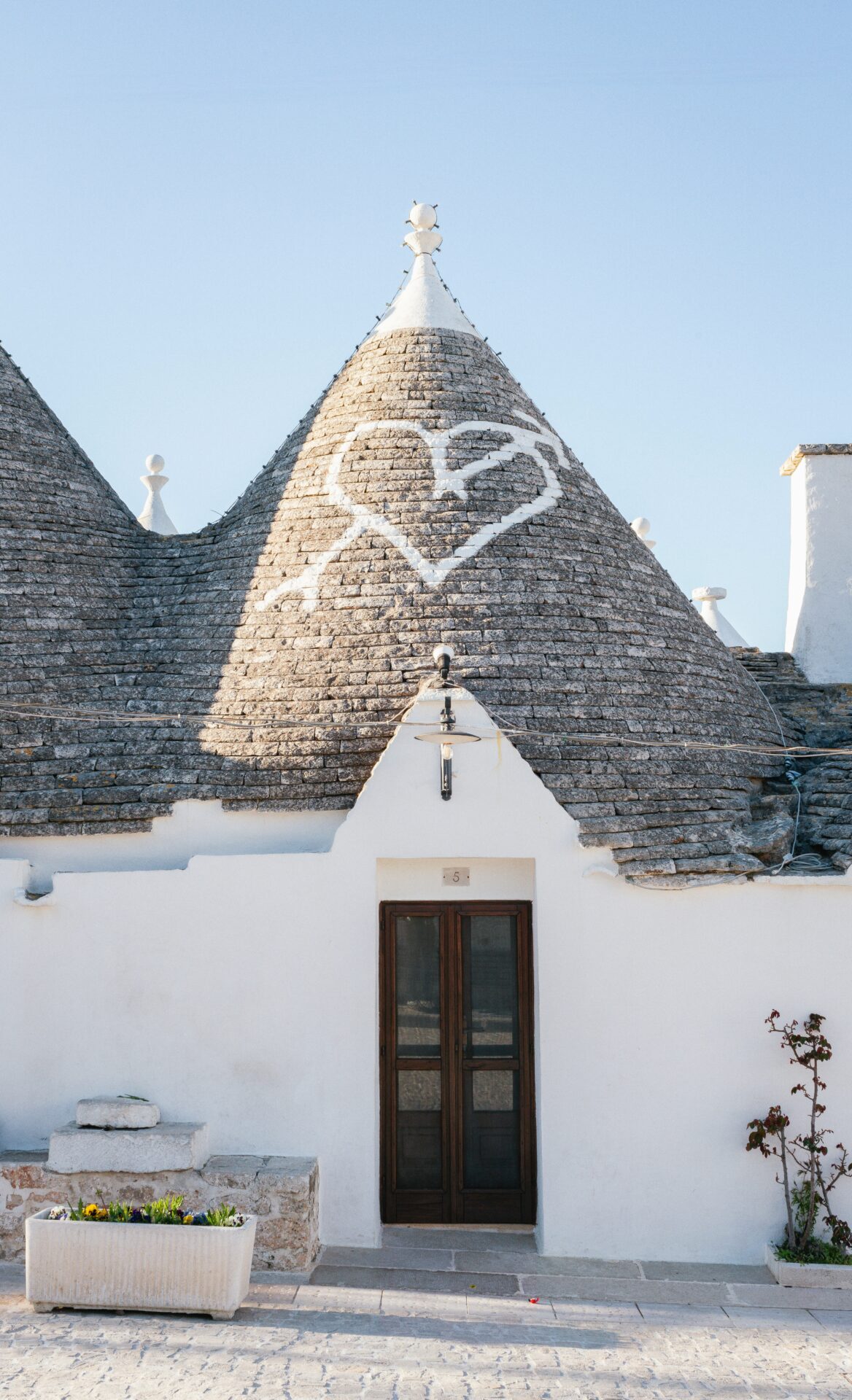
Exploring Further: Umbria, Basilicata, Liguria, Assisi, and Orvieto
While Alberobello is the heart of trulli architecture, nearby regions offer totally different experiences. Umbria drew me in with its green hills and medieval towns.
I wandered the winding streets of Assisi, home to the impressive Basilica of Saint Francis. Orvieto stands on a cliffside, famous for its cathedral and underground tunnels.
A trip to Basilicata brought me to the ancient cave dwellings of Matera—a powerful reminder of Italy’s deep history.
Liguria, with its colorful coastal villages, served up fresh seafood and pesto dishes. Each region brought its own character, local cuisine, and warm hospitality, adding depth to my Italian travel experience.
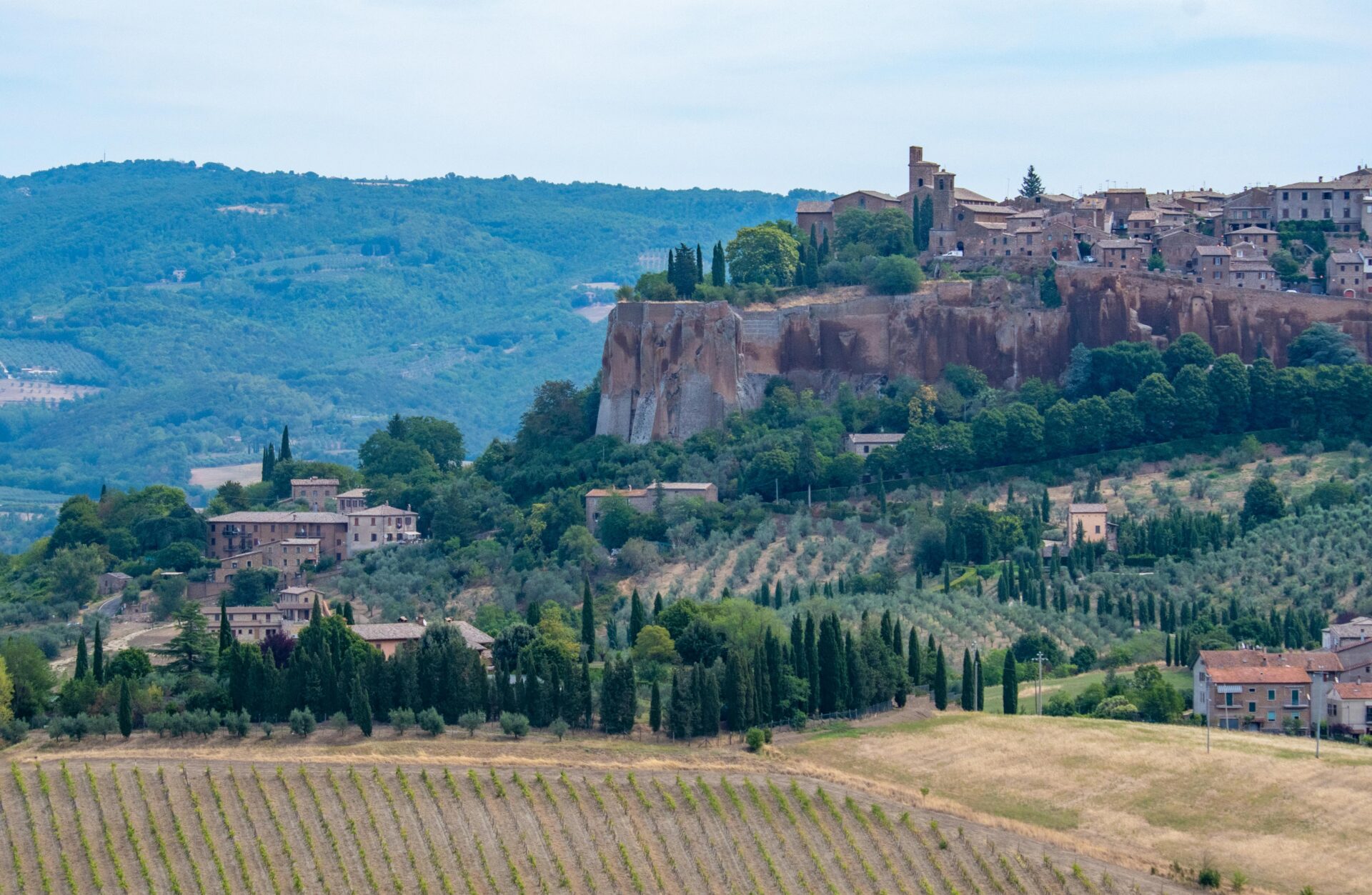
Balancing Tourism with Preservation
Tourism really brings energy and support to Alberobello. Still, it can put a lot of pressure on the fragile trulli and the local culture.
I spotted plenty of efforts around town to protect these historic homes. Local teams actually control visitor numbers in certain areas, and restoration crews stick to traditional methods and materials.
When I travel, I look for locally owned bed and breakfasts or family-run restaurants. I love buying from artisans who make their own goods by hand.
Being a respectful tourist means I try to keep the noise down, stick to marked paths, and avoid treating the trulli like they’re just Instagram props. Small choices like these, honestly, help keep Alberobello and its traditions alive for whoever comes next.

